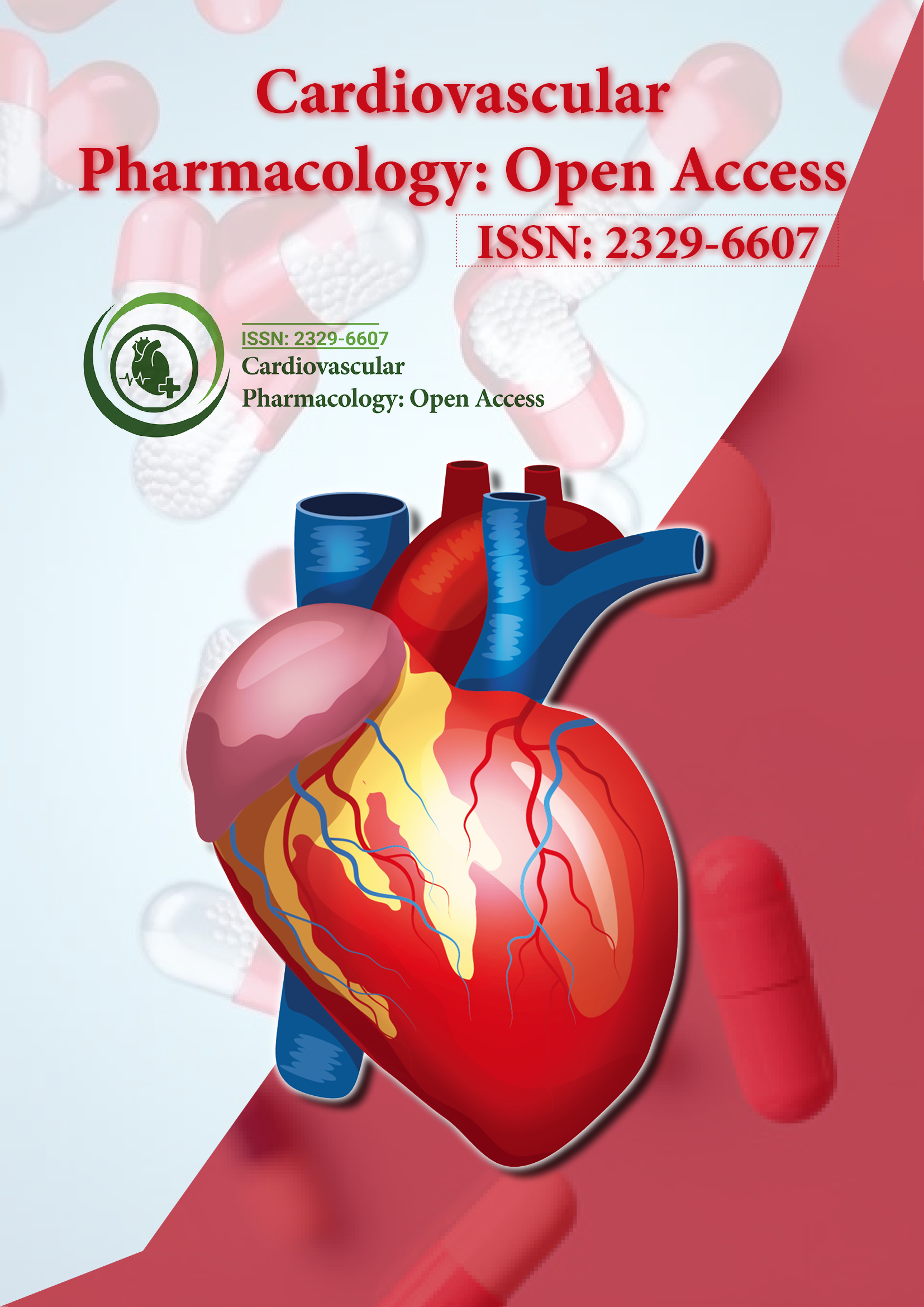குறியிடப்பட்டது
- ஜெ கேட் திறக்கவும்
- காஸ்மோஸ் IF
- RefSeek
- ஹம்டார்ட் பல்கலைக்கழகம்
- EBSCO AZ
- OCLC- WorldCat
- பப்ளான்கள்
- மருத்துவக் கல்வி மற்றும் ஆராய்ச்சிக்கான ஜெனீவா அறக்கட்டளை
- யூரோ பப்
- கூகுள் ஸ்காலர்
பயனுள்ள இணைப்புகள்
இந்தப் பக்கத்தைப் பகிரவும்
ஜர்னல் ஃப்ளையர்

அணுகல் இதழ்களைத் திறக்கவும்
- உணவு மற்றும் ஊட்டச்சத்து
- உயிர்வேதியியல்
- கால்நடை அறிவியல்
- சுற்றுச்சூழல் அறிவியல்
- நரம்பியல் & உளவியல்
- நர்சிங் & ஹெல்த் கேர்
- நோயெதிர்ப்பு மற்றும் நுண்ணுயிரியல்
- பயோ இன்ஃபர்மேடிக்ஸ் & சிஸ்டம்ஸ் பயாலஜி
- பொது அறிவியல்
- பொருள் அறிவியல்
- பொறியியல்
- மரபியல் & மூலக்கூறு உயிரியல்
- மருத்துவ அறிவியல்
- மருத்துவ அறிவியல்
- மருந்து அறிவியல்
- வணிக மேலாண்மை
- விவசாயம் மற்றும் மீன் வளர்ப்பு
- வேதியியல்
சுருக்கம்
கார்டியாக் அரித்மியாஸ் நோயாளிகளில் கார்டியோவர்ஷன் மற்றும் சைனஸ் ரிதம் பராமரிப்புக்கான ஆன்டிஆரித்மிக் மருந்துகள்: இலக்கியத்தின் ஆய்வு
குஹ்ல் EN மற்றும் ஜெயின் SK*
அறிமுகம்: சூப்பர்வென்ட்ரிகுலர் மற்றும் வென்ட்ரிகுலர் டாக்ரிக்கார்டியாஸ் உள்ளிட்ட இதயத் துடிப்பு குறைபாடுகள், நோயுற்ற தன்மை மற்றும் இறப்புக்கான அதிக ஆபத்தை முன்வைக்கின்றன. இந்த அரித்மியாக்கள் அதிகரித்த சுகாதார வள பயன்பாடு, வாழ்க்கைத் தரம் குறைதல் மற்றும் அதிகரித்த செயல்பாட்டுக் குறைபாடு ஆகியவற்றுடன் தொடர்புடையது. ஒரு மருந்தியல் மாற்றம் என்பது சைனஸ் தாளத்திற்கு மாற்றுவதற்கான ஒரு சிகிச்சை விருப்பமாகும், இது DC கார்டியோவெர்ஷனில் இருந்து மயக்கத்தைத் தவிர்க்கும் நன்மையைக் கொண்டுள்ளது.
குறிக்கோள்: மருந்தியல் கார்டியோவெர்ஷனுக்கான ஆண்டிஆரித்மிக் மருந்துகளுக்கான செயல்திறன், பக்க விளைவுகள், அனுமதி மற்றும் பரிந்துரைகளை பரிசீலிக்க.
முறை: ஆன்டிஆரித்மிக் மருந்துகளின் செயல்திறனை மதிப்பிடும் ஆய்வுகளைச் சேர்த்துள்ளோம். அரை ஆயுள், அனுமதி மற்றும் பக்க விளைவுகள் உட்பட பரிந்துரைக்கும் அறிகுறிகளை நாங்கள் சேர்த்துள்ளோம். வாகன் வில்லியம்ஸ் வகைப்பாட்டின் மூலம் கையெழுத்துப் பிரதியை நாங்கள் ஏற்பாடு செய்தோம்.
முடிவுகள்: வகுப்பு IA, வகுப்பு IC மற்றும் வகுப்பு III ஆன்டிஆரித்மிக் மருந்துகள் 50% க்கும் அதிகமான விகிதங்களைக் கொண்ட சூப்பர்வென்ட்ரிகுலர் அரித்மியாவை மாற்றுவதில் பயனுள்ளதாக இருக்கும். அமியோடரோன் மற்றும் லிடோகைன் வென்ட்ரிகுலர் டாக்ரிக்கார்டியாவை மாற்றுவதற்குப் பயன்படுத்தப்படலாம். பயன்படுத்தப்படும் குறிப்பிட்ட முகவர் சாத்தியமான பிற மருந்து இடைவினைகள், அனுமதி மற்றும் நச்சுத்தன்மையைப் பொறுத்தது.
முடிவு: மருந்தியல் கார்டியோவர்ஷன் பல சந்தர்ப்பங்களில் மின் கார்டியோவர்ஷனுக்கு ஒரு நியாயமான மாற்றீட்டை வழங்குகிறது.